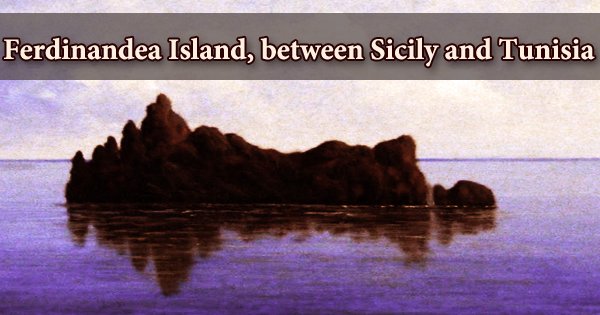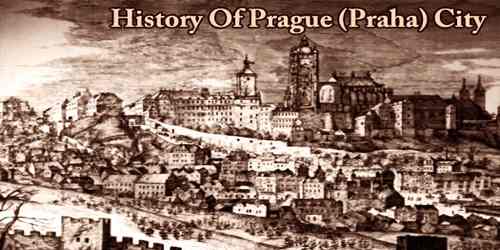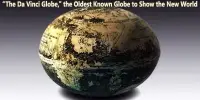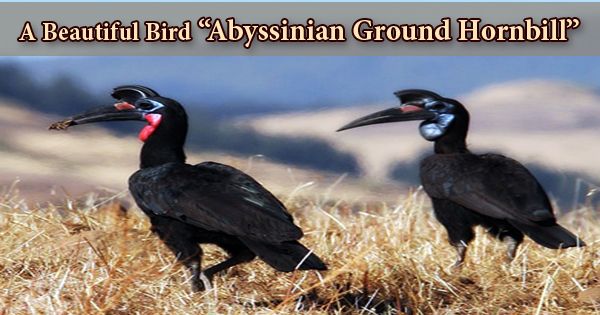Petroglyphs are rock engravings, and the Marra Wonga rock shelter in central Queensland may have more of them than any other location. As impressive as it is, a study of the artwork there reveals something much more unique and important: a collection of paintings that depict the Seven Sisters, often known as the Pleiades, in their historical context.
The Pleiades is a group of brilliant stars that have served as the basis for numerous tales. Despite coming from societies on opposite sides of the globe, several of these are quite similar. The myths of the ancient Greeks, in particular, are strikingly similar to those of the Indigenous Australians.
The tale of seven sisters being pursued by a man is one that is frequently told throughout the vastness of northern Australia, despite changes in the narrative. The sisters, like in the Greek version, flee into the sky to become the Pleiades, but Orion, the hunter, is after them. At the 160-meter-long Marra Wonga shelter, one representation of the idea is on display (530 feet). Some of the petroglyphs, especially those offering a special perspective into the Seven Sisters’ narrative, are described in research published in the journal Australian Archaeology.
According to Professor Paul Tacon of Griffith University, “all rock art sites have or have had stories related with specific designs, the sites themselves, as well as the landscapes they are a part of.” “However, we are unaware of any other rock art site in the globe with a narrative that permeates the entire site.”
At least 15,000 petroglyphs have been discovered at the Marra Wonga site; finding and studying them all would take a lifetime. According to Tacon, this may be the highest number ever discovered in a single place in the globe. Despite this, the site has not undergone extensive research and does not enjoy the same level of protection as The Palace, another significant North Queensland site.
Tacon is working with academic colleagues and representatives of the Iningai and Birri Gubba peoples to address this.
The study highlights various distinct petroglyphs and recurring themes, although its primary focus is on ten groups of engravings. According to Tacon, when read from south to north, the arrangement makes sense to members of the modern Aboriginal society since it tells the Seven Sisters’ Dreaming story in its proper order.
The engravings depict Wattanuri, the ancestral being that pursued the sisters, along with seven stars to represent the sisters, the serpent he transformed into, his boomerang, a dingo that guarded the sisters, and the six-toed footprints typically associated with powerful beings. A huge penis is also engraved on the object. This could be interpreted as proof that certain things never change, yet Wattanuri’s disproportionate genitalia are a recurring theme in the narrative.
The engravings’ age is difficult to determine. While some of the petroglyphs at the location are thought to date from the previous century, others are in the same styles as those created more than 5,000 years ago. According to Tacon, the objects that make up the Seven Sisters tale exhibit similar wear to one another, as if they were created at the same time, though it is difficult to determine when that happened.
Even a hidden eighth star at the end of the sequence that had gone overlooked was discovered by the authors.
The Pleiades star cluster is linked to the number seven even in cultures where the constellation has different mythology. However, under dark skies, six stars can be seen by those with normal vision. This unanimity is puzzling given that the seventh star in the cluster is just somewhat brighter than the eighth and ninth stars.
According to Tacon, the narrative may be very, very old and may have originated when our forefathers were just beginning to spread out throughout the globe and there were only seven visible. “It does seem more than coincidental that seven are mentioned all around the world,” said the author. Many myths speak of one of the sisters hiding, probably symbolized by the eighth star in this constellation.
















